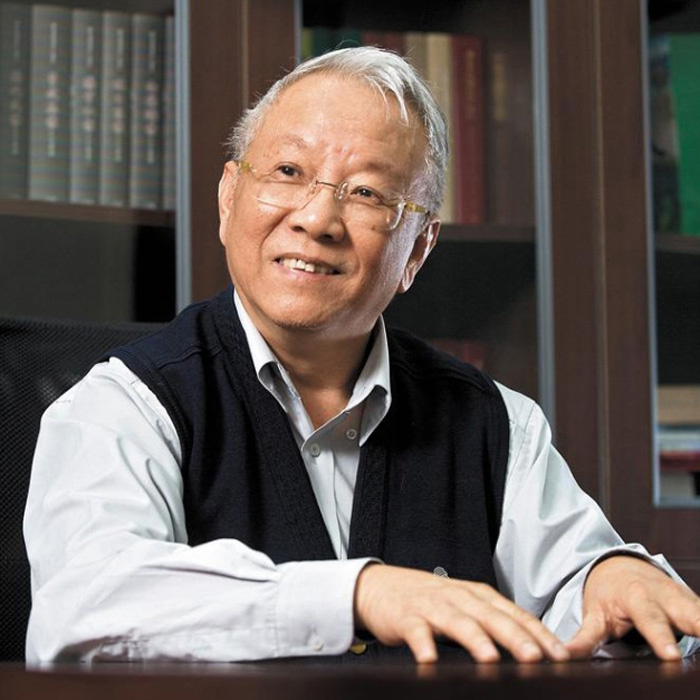Lecture Series
In Search of a Missing Link:A Brand New Two-Brain Theory of Neuro-Cognitive Function

Prof. Ovid Jyh-Lang Tzeng
Chair Professor of the Department of Educational Psychology and Counseling, National Taiwan Normal University
Academician of Academia Sinica in Taiwan
Fellow of World Academy of Sciences
Member of European Academy of Sciences and Arts
Date:2025/05/09
Time:14:30 - 16:00
Venue: Auditorium, In-service and Continuing Education
Abstract
The intelligent behavior involves two parts, speedy and accurate perception of the encountered problems and precise and appropriate situational solutions and applications in an aesthetic style. In other words, intelligent behaviors can be defined as quality problem-solving, with the high potentiality for creativity and innovation. From the evolutionary perspective, two types of learning, experience-independent learning and experience-dependent learning, and their dynamic interactions result in an almost expansion of smarter intelligence by six steps, namely, (1) imitation, (2) borrowing, (3) storage/retrieval, (4) transformation, (5) connections, and (6) mastery. Thus, the process of augmenting intelligence throughout human history can be characterized by a formula: NI (natural intelligence) x AI (artificial intelligence) x K (knowledge) x E (experience). Cognitive neuroscience explores the neuronal structures and their functional interactive connectivity, which make possible the above defined intelligent behaviors.
By studying the Mind-Brain-Behavior-Emotion mappings at the neuronal level, cognitive neuroscientists aim to uncover the evolutionary history of human intelligence. Knowledge gained from its evolutionary steps and the accompanying quality changes of cognitive functioning enables scientists to establish evidence-based theories of cognitive developments in young children and cognitive decline in aging population. Hence, the Holy Grail of Cognitive Neuroscience focuses on searching the origin of human intelligence that makes our future survival possible. However, due to the conventional thought about the brain, the neuroimaging studies (e.g., PET, fMRI, fNIRS) by cognitive neuroscientists in the past usually scan cortical and subcortical areas of human and animal brain but regrettably without paying attention to the cerebellum down below.
However, more and more recent studies, which focus on scanning the cerebellum, has clearly shown that it appears to play a critical role in cognitive functions such as working memory, cognitive control, action observation, language, decision making, emotion, music perception, and social cognition like daily planning. More and more of the cerebellar secrets are now being revealed. Since 2009, our laboratories in Taiwan have been carrying out research on cerebellar functions, in particular, those related to language and memory processing. A PCM (professional construction management) theory is proposed to characterize the specific functions of cerebellum from the perspectives of both phylogeny and ontogeny. Such evolutionary perspectives provide clear accounts for the developments of human civilization in the past and will have profound implications for creating an ecologically balanced humanized industrial society in the future.
About the speaker
Professor Ovid Chih-Lang Tzeng is an Academician of Academia Sinica and a Chair Professor at the Department of Educational Psychology and Counseling, National Taiwan Normal University. He is also a Fellow of The World Academy of Sciences (TWAS) and the European Academy of Sciences and Arts (EASA). A distinguished cognitive neuroscientist, Professor Tseng specializes in cognitive psychology, neurolinguistics, memory, reading processes, and attention. As one of the pioneers in Mandarin Chinese neurolinguistics, his groundbreaking research has significantly advanced our understanding of memory mechanisms, reading comprehension, and the allocation of attention.
- E-mail: ovid@ntnu.edu.tw